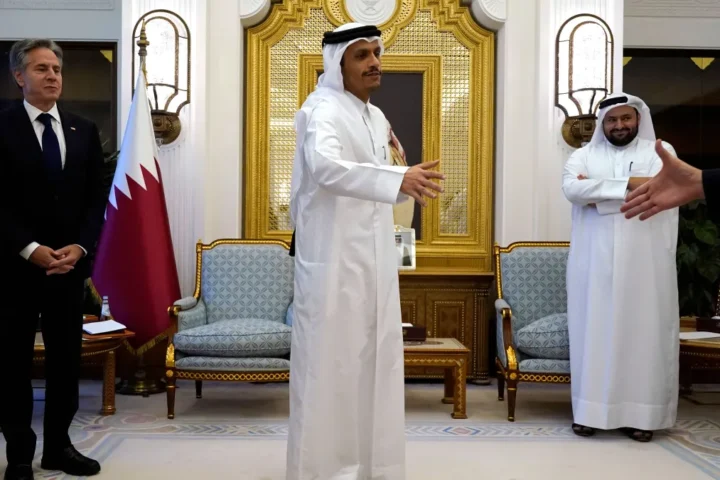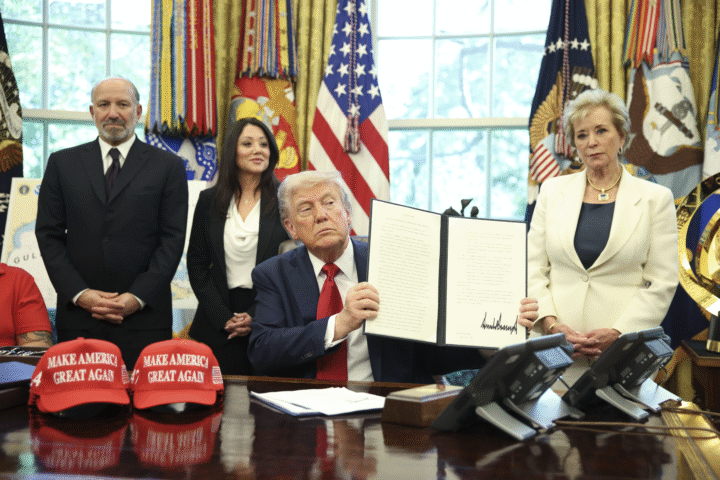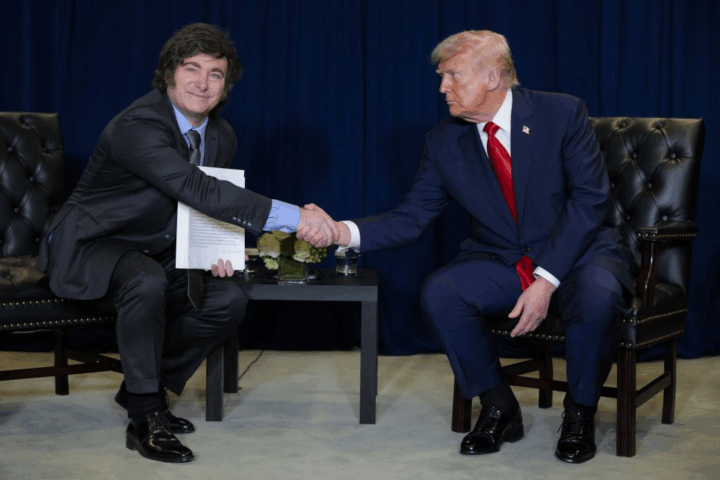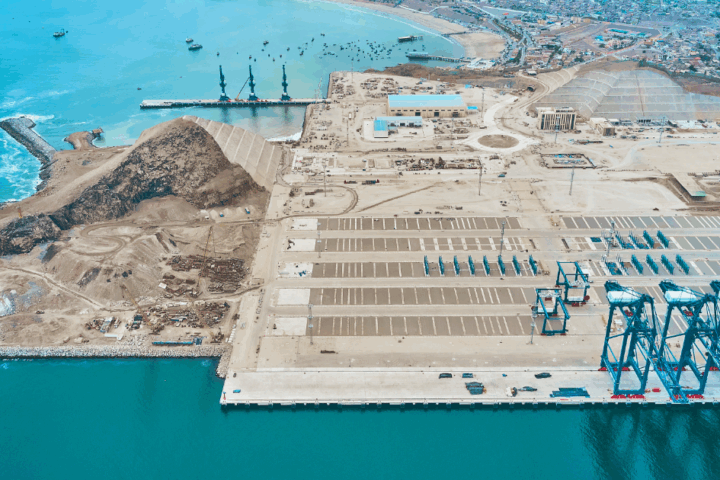The U.S. strikes on Iranian nuclear sites mark a historic escalation in the long-running conflict, triggered by recent Israeli-Iranian hostilities and stalled diplomacy. While the immediate military objective was to cripple Iran’s nuclear capabilities, the action has dramatically increased the risk of regional war, with Iran promising retaliation and the world watching closely for what comes next
Background & Context
The U.S.-Iran relationship has been fraught with tension for decades, rooted in historical events such as the 1953 U.S.-backed coup in Iran, the 1979 Islamic Revolution, the Iran hostage crisis, and the U.S. support for Iraq during the Iran-Iraq War.
The U.S. has long accused Iran of pursuing nuclear weapons under the guise of a civilian nuclear program, while Iran insists its program is for peaceful purposes.
In recent years, the U.S. withdrew from the 2015 nuclear deal and reimposed sanctions, leading to increased Iranian uranium enrichment and a series of confrontations in the Gulf region.
Tensions escalated dramatically in June 2025, following a week of Israeli airstrikes on Iranian military and nuclear sites, which prompted Iranian retaliation against Israel and set the stage for broader conflict.
What Happened
On June 22, 2025, the U.S. conducted airstrikes on three major Iranian nuclear facilities: Fordow, Natanz, and Isfahan.
The strikes involved U.S. B-2 stealth bombers and “bunker-buster” bombs, targeting deeply buried enrichment sites that Israel alone could not destroy.
President Trump announced the operation as a “spectacular military success,” claiming the facilities were “completely and totally obliterated,” though independent verification of the extent of the damage is pending.
Iran’s government and state media downplayed the damage, reporting no fatalities and suggesting only entrances and tunnels were hit, not the core facilities.
The U.S. action marks the first direct American attack on Iranian soil since the 1979 revolution, representing a major escalation and direct U.S. entry into the Israel-Iran conflict.
Why Now
The immediate trigger was Israel’s campaign to dismantle Iran’s nuclear program, which had already caused significant losses to Iran’s military and infrastructure over the preceding week.
The U.S. decided to intervene after President Trump grew frustrated with slow diplomatic progress and concluded that Iran was not interested in a nuclear agreement.
U.S. officials believed only American military capabilities could destroy Iran’s most fortified sites, especially Fordow, which is buried deep underground.
Trump framed the strikes as necessary to prevent Iran from acquiring nuclear weapons and as a show of U.S. resolve and military superiority.
The decision was also influenced by a desire to support Israel and deter further Iranian attacks on U.S. and allied interests in the region.
What’s Next
Iran’s leadership has vowed retaliation, with Foreign Minister Abbas Araghchi warning of “everlasting consequences” and stating that “all options” are on the table, including possible attacks on U.S. bases, mining the Strait of Hormuz, or strikes against regional allies.
The U.S. military is on high alert, reinforcing regional bases and deploying additional assets in anticipation of Iranian reprisals.
Global leaders are urging de-escalation, with the United Nations warning of the risk of a wider regional war and urging all parties to return to diplomacy.
Analysts predict that while the strikes may temporarily set back Iran’s nuclear program, they are unlikely to eliminate Iran’s nuclear expertise and may actually strengthen Tehran’s determination to pursue nuclear weapons as a deterrent.
There is a risk of broader conflict, including potential disruptions to global oil markets if Iran targets the Strait of Hormuz, and the possibility of proxy attacks against U.S. and Israeli interests worldwide.
Diplomatic efforts may intensify, with some experts suggesting the strikes could provide an off-ramp for both sides to negotiate an end to hostilities, though the path forward remains highly uncertain.











